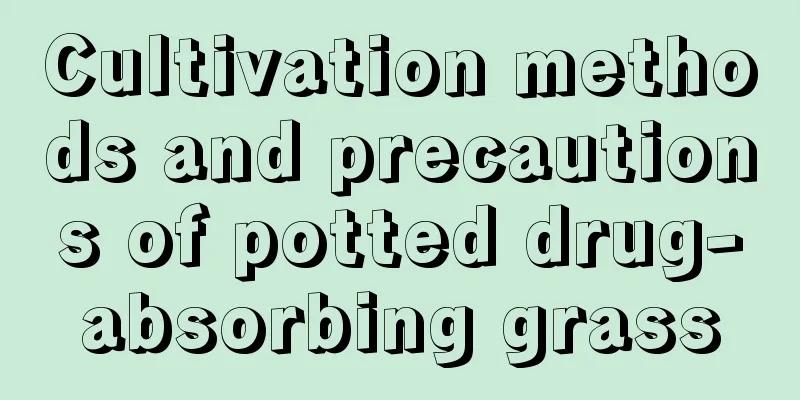How to grow onions

1. Maintenance methods1. Temperature: It has a very high cold resistance, so the general ambient temperature needs to be maintained between 21 degrees and 27 degrees. The temperature in winter needs to be maintained at at least 7 degrees to prevent frostbite. The summer temperature should not be too high to reduce the occurrence of plant rot. 2. Watering: A lot of water is needed during the growth period, because this will allow the plant to grow more ideally, and at the same time the flesh will be thicker and have more juice. This should be paid special attention to in the summer. Watering is required almost every morning and evening. There is no need to water it frequently in winter. Moderate watering can allow it to survive the winter normally. 3. Light: General light is within its tolerance range, so there is no need to worry about the risk of sunburn. Of course, try to ensure that it receives sufficient warm sunlight so that it can grow more vigorously and its color will be more perfect. 4. Fertilization: It needs to absorb some trace elements during its growth, and this is also necessary for its growth, so it needs to be applied with some compound fertilizer during the growth period, but be careful to apply thin fertilizer frequently, and do not apply too much each time, otherwise it will burn the plant. 2. Breeding techniques1. Reproduction: Sowing and bulb propagation are the main methods. Sowing is done in spring. Pay attention to the temperature and watering after sowing. Transplant after it grows three leaves. For bulb propagation, just bury the onion head in the soil, then control watering and wait for it to sprout. Of course, of these two methods, sowing can be used for large-scale planting, while bulbs are generally used in home breeding. 2. Pruning: It does not require pruning because its shape is different from other plants and the growth rate of its branches and leaves is not very fast, so try not to prune it, otherwise it will be counterproductive. 3. Problem diagnosis and treatment1. Disease: Purple spot disease will occur during the fruit ripening period. This disease will seriously affect the yield, so it is necessary to choose disease-free seeds when planting, and it is also necessary to use lowering humidity to prevent and control it. 2. Pests: Aphids may occur and can be sprayed with a DDT solution. IV. Other issues1. Toxicity: Non-toxic, edible, very suitable for breeding. 2. Can it be raised at home? Yes, but only a small amount can be grown at home. Large-scale planting still needs to be done outdoors. |
Recommend
Maintenance methods of chicken shit vine
1. The habit of this plant First of all, it requi...
What to do if the mint seedlings grow too long
What does it look like when mint seedlings grow l...
Watering methods for iris in four seasons
How to water the iris in spring and autumn Potted...
How to turn your flowers into blooming machines, so that there are so many flowers that you can never cut them all!
Kalanchoe 1. Re-cutting of branches 1. Re-cutting...
How to grow gourd
1. Germination Soak the gourd seeds in warm water...
How to care for the weeping angel in summer
Summer maintenance environment of Dripping Guanyi...
What is the best fertilizer for Ruyi flower?
What is the best fertilizer for Ruyi flower? It i...
Can the green treasure tree be watered with beer?
Can the green treasure tree be watered with beer ...
6 Common Home Bonsai
Honeysuckle bonsai You may have eaten honeysuckle...
Cultivation methods and maintenance matters of old pomegranate piles
How to grow a pomegranate into an old tree Pomegr...
How to prevent and treat black rot of Dendrobium
Symptoms of Dendrobium black rot: Small wet brown...
Can I water the bougainvillea when it is in bloom?
Bougainvillea flowering watering Bougainvillea ca...
Saffron bulb planting method and time
Saffron, also known as saffron, is a precious Chi...
Do cucumbers prefer shade or sun?
Do cucumbers prefer shade or sun? Cucumber is ver...
How to grow pennywort? Is pennywort easy to grow?
1. Suitable soil The requirements of the pennywor...









